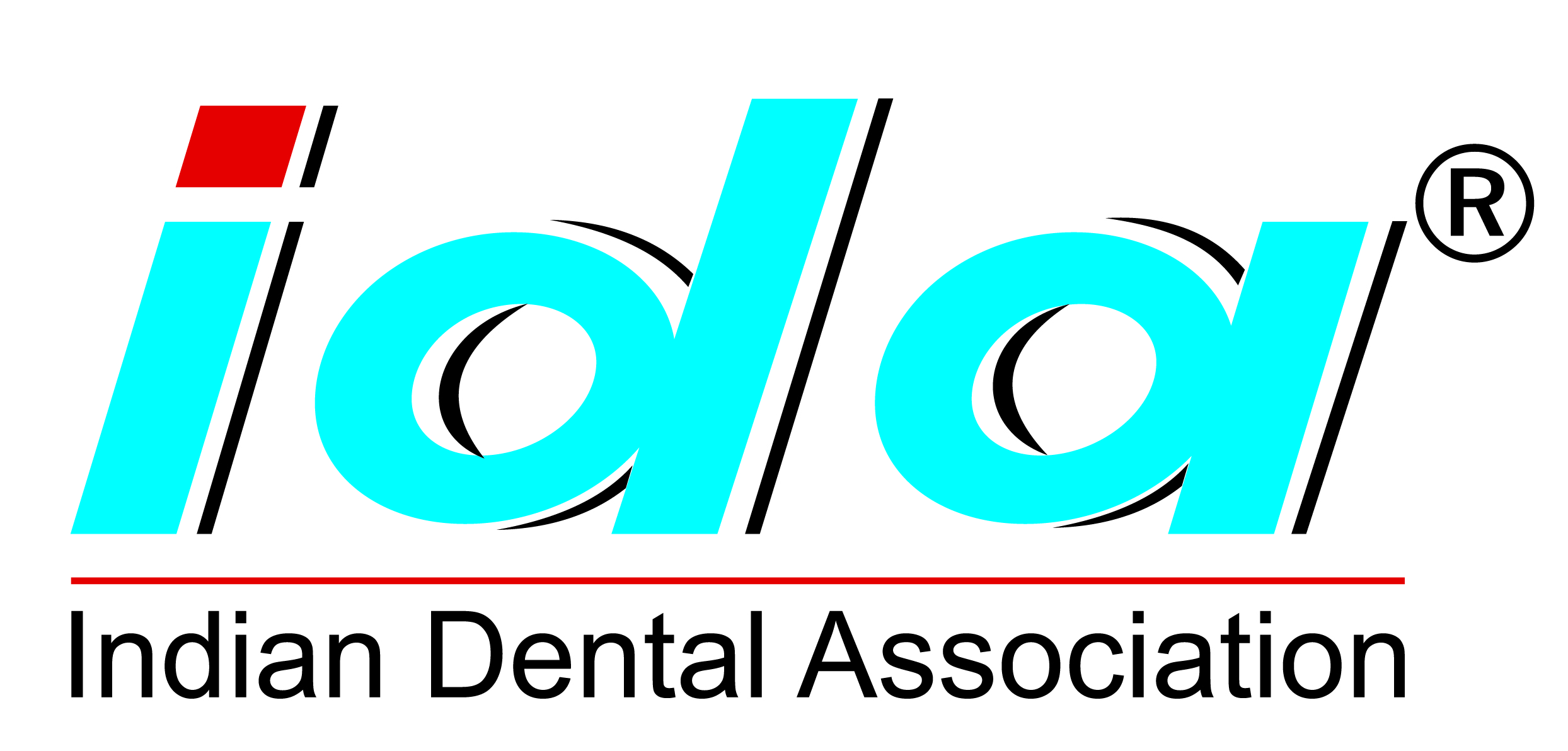A malocclusion is a misalignment of teeth or incorrect relation between the teeth
of the two dental arches. Most people have some degree of malocclusion, although
it is not usually serious enough to require treatment. Those who have more severe
malocclusions may require orthodontic and sometimes surgical treatment (orthognathic
surgery) to correct the problem. Correction of malocclusion may reduce risk of tooth
decay and help relieve excessive pressure on the temporomandibular joint.
Malocclusions may be coupled with skeletal disharmony of the face, where the relations
between the upper and lower jaws are not appropriate. Such skeletal disharmonies
often distort sufferer's face shape, severely affect aesthetics of the face and
may be coupled with mastication or speech problems and hygiene. In these cases the
dental problem is, most of the time, derived from the skeletal disharmony. Most
skeletal malocclusions can only be treated by orthognathic surgery.
- Abnormal alignment of teeth
- Abnormal appearance of face
- Difficulty or discomfort in biting or chewing
- Difficulty in speech (rare)
- Mouth breathing
A routine check up with the dentist will reveal if you have Malocclusion. If it
is detected, treatment is recommended from an orthodontist.
The disorder is classified as per Edward Angle classification. It is based on the
relation between maxillary and mandibular first molars. According to the classification,
mesiobuccal cusp of the upper first molar should rest on the mesiobuccal cusp of
the lower first molar. Any variations in this would result in malocclusions.
Left and right sides are classified under different classes.
-
Class I: Here the molar relationship of the occlusion is normal but
the other teeth have problems like spacing, crowding, over or under eruption, etc.
-
Class II: Under this, the upper molars are placed anteriorly instead
of in the mesiobuccal cusp. These are of two types:
- Division 1: The anteriorteeth protrude in this section.
-
Division 2: The central teeth are retroclined and lateral teeth are overlapping
the centrals.
-
Class III:This type occurs when the lower front teeth are more prominent
than the upper front teeth.
Most malocclusions can only be treated by orthognathic surgery.





